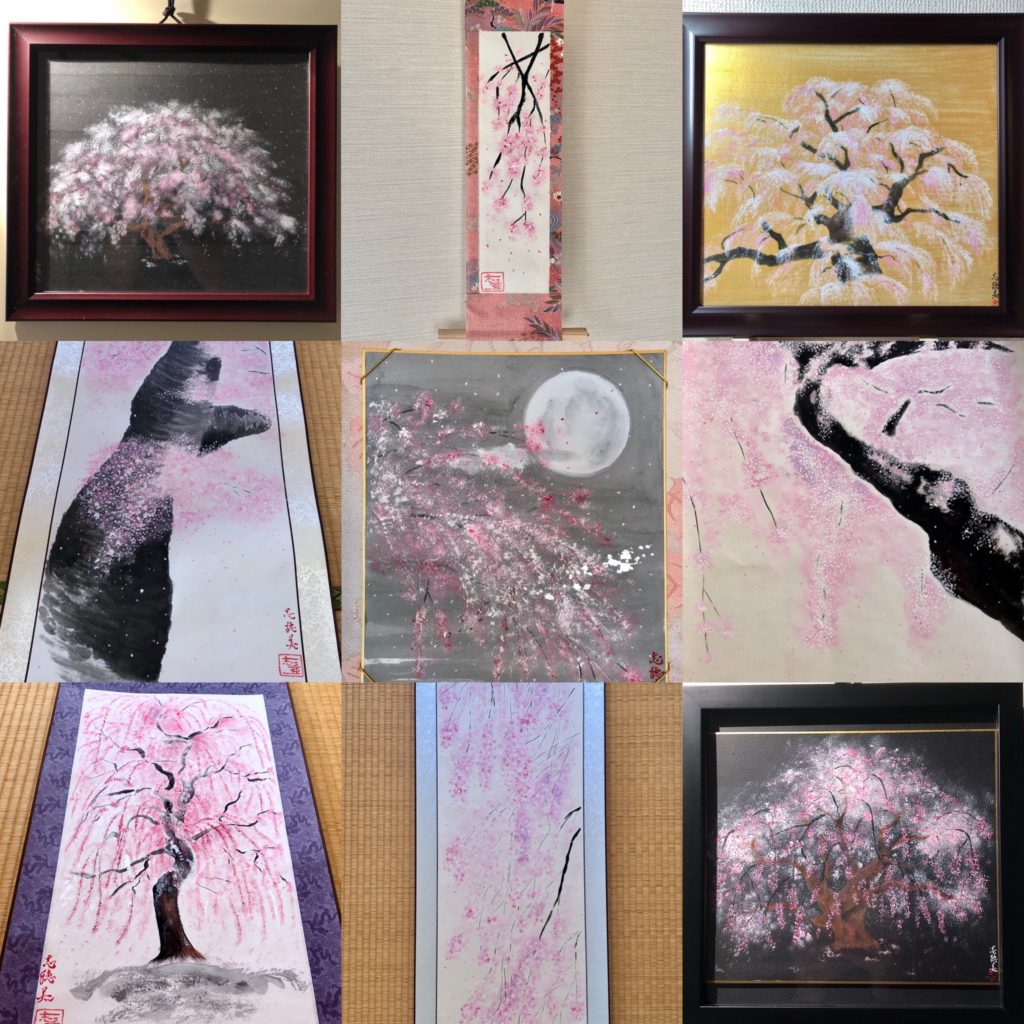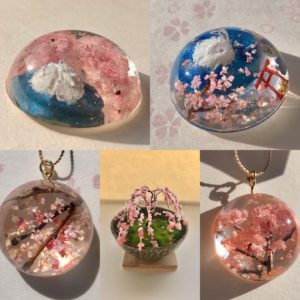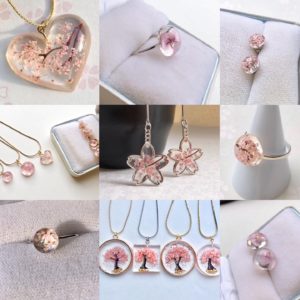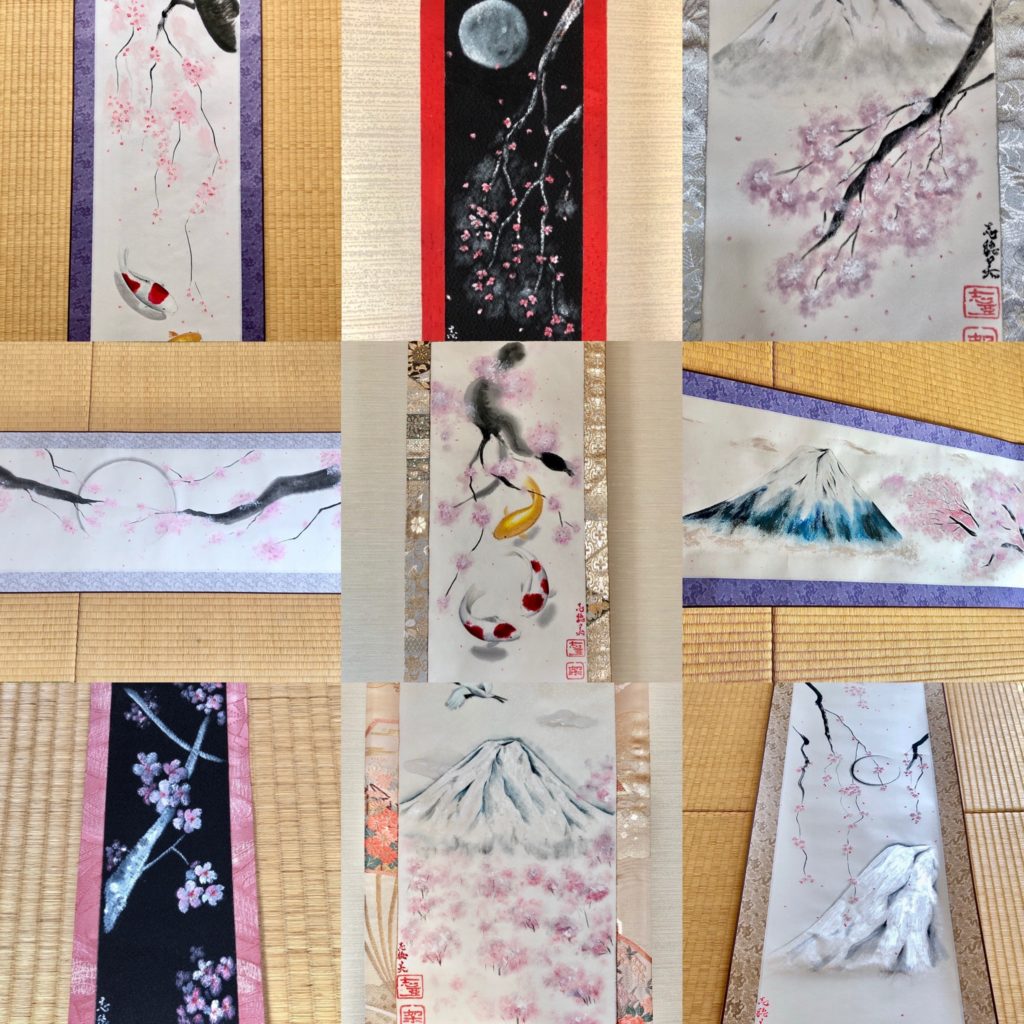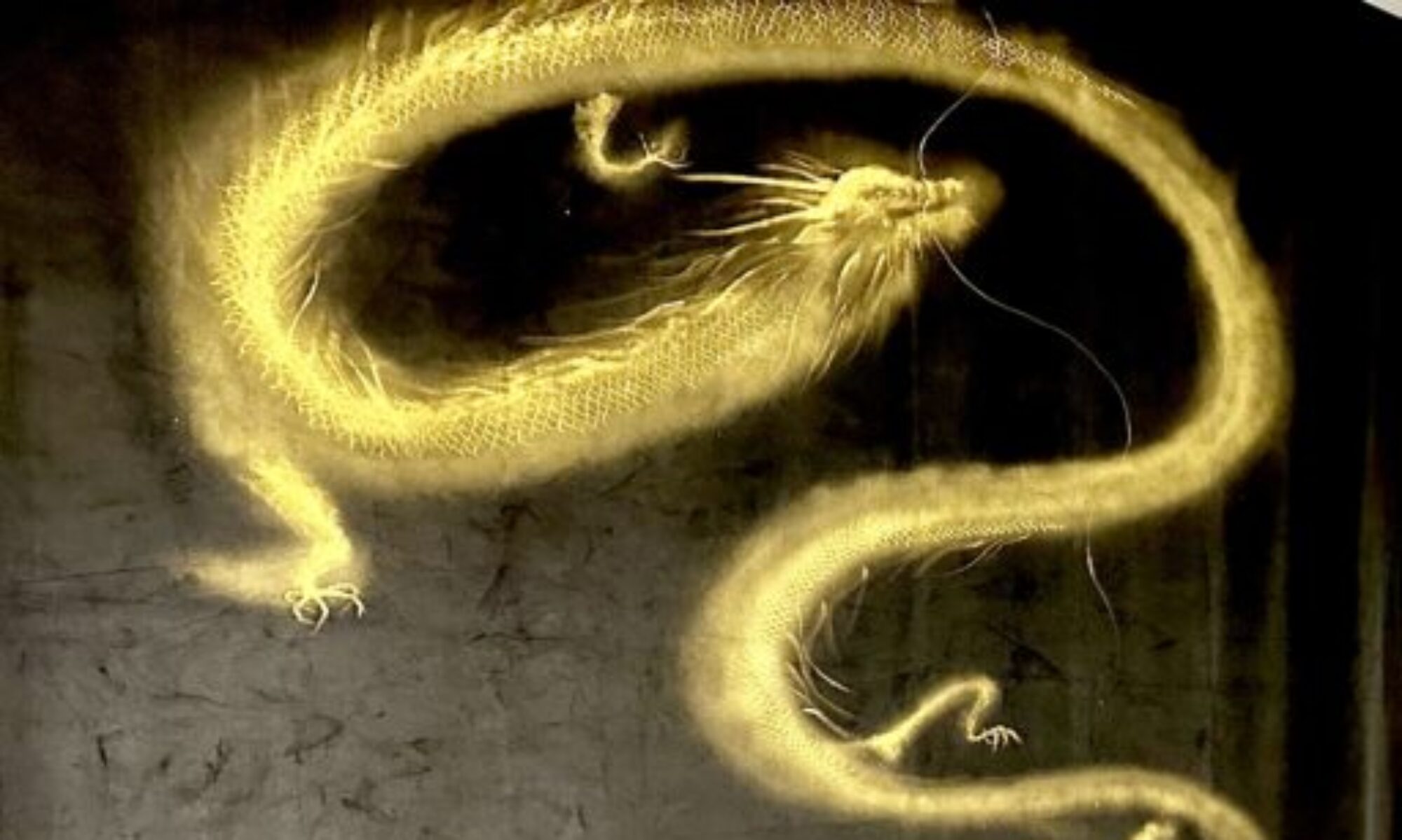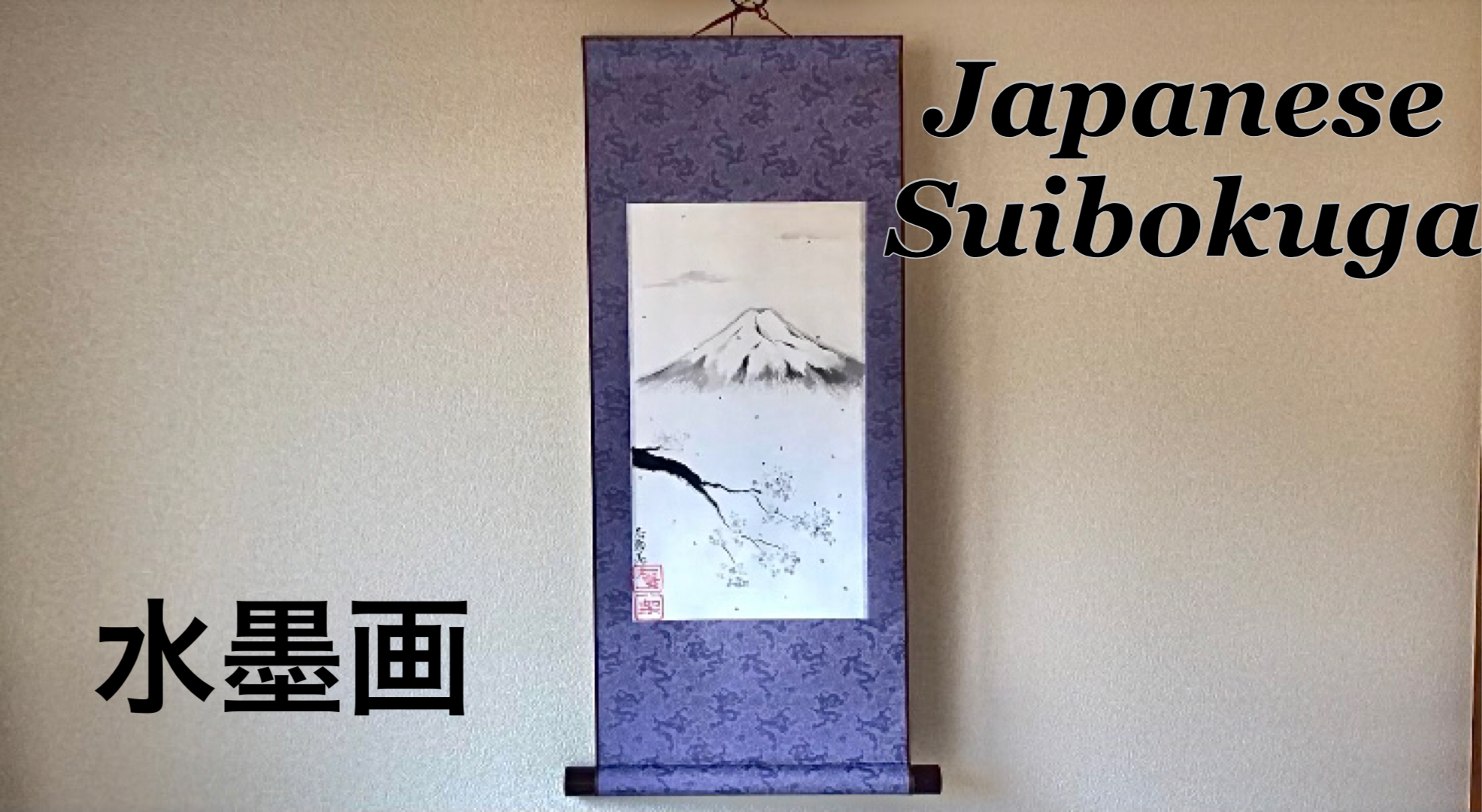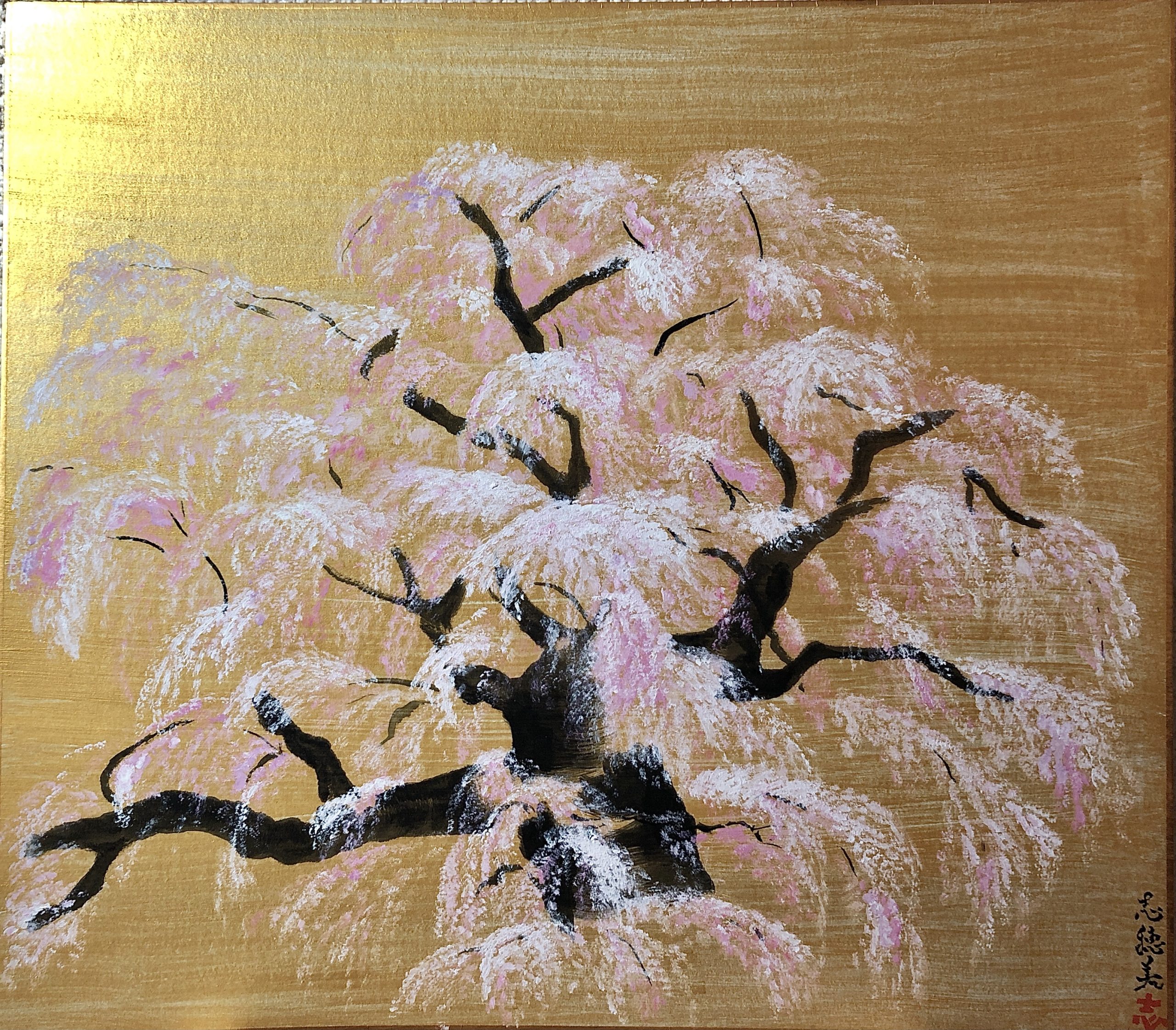National Art Center Exhibition 2023 January
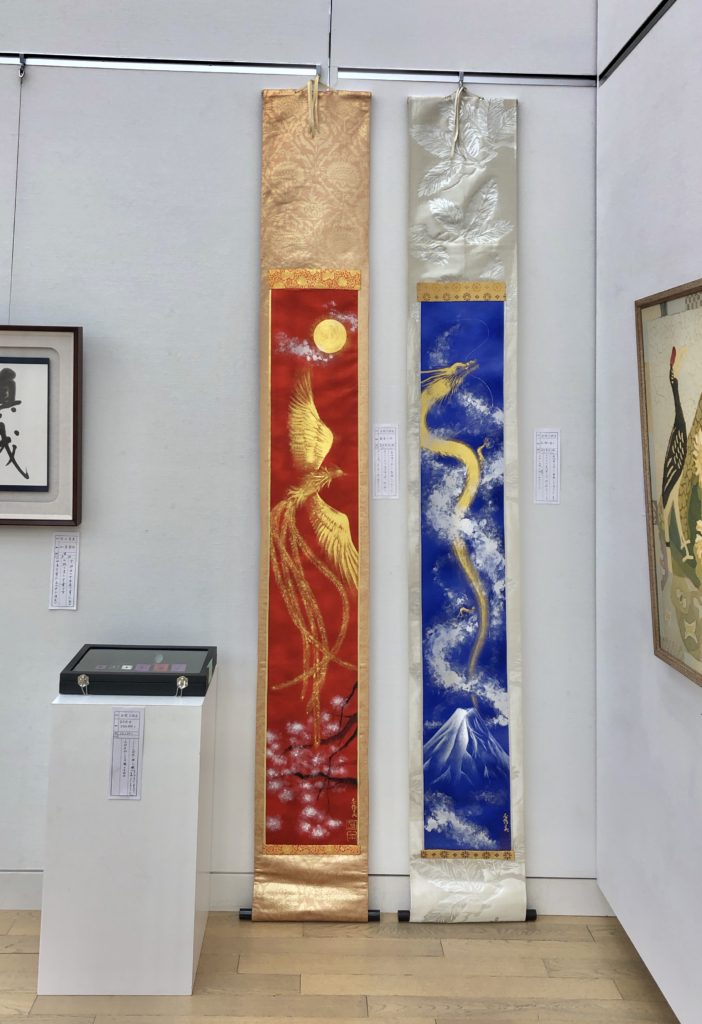
I had a grateful opportunity to exhibit my artworks at National Art Center in January 2023.
Thank you so much for all who supported and came to see my artworks.
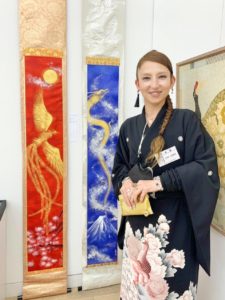

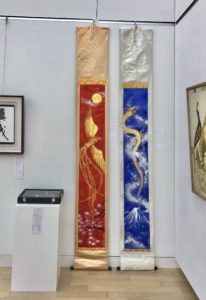
p
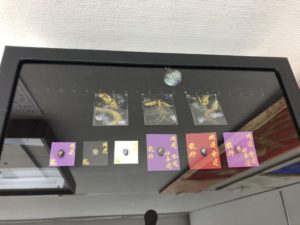
Japanese traditional painting art SUIBOKUGA 水墨画
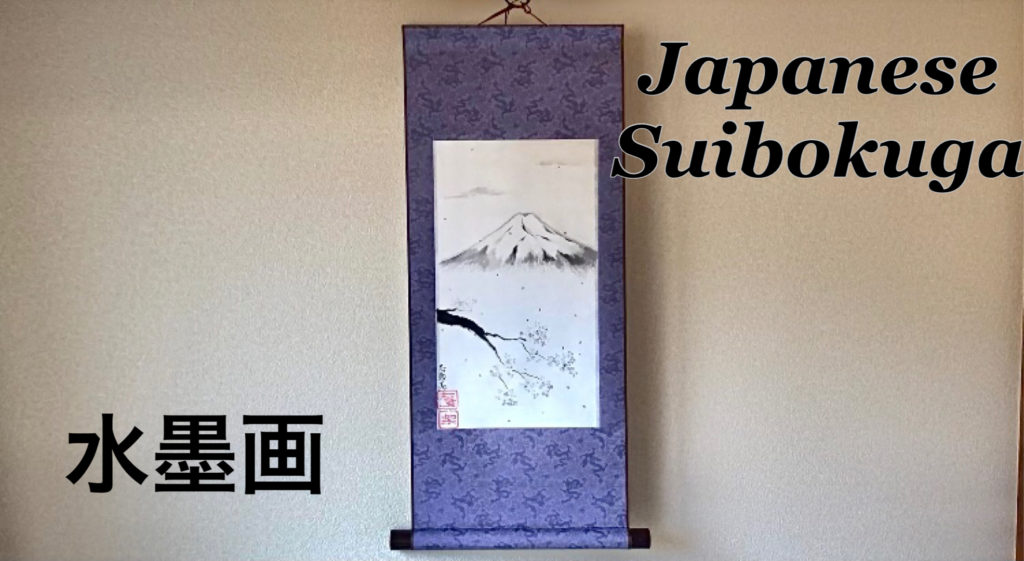
Suibokuga (水墨画)- Japanese traditional painting art
Suibokuga is sometimes called Zen Painting.
Sumie is painting with ink.
And Suibokuga is one of Sumie painting, with the gradation of dark black to light black.
Main tool for Suibokuga, “Sumi ink” is made from mainly soot, animal glue, and perfume.
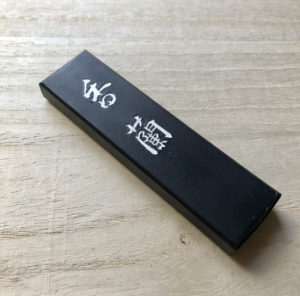
We add a little water into an inkstone (suzuri) and rub sumi ink, it becomes dark black color.
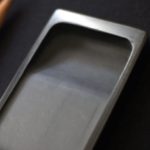
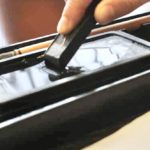
By mixing this black ink with water, we can create the gradation color of black to light grey.
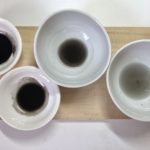
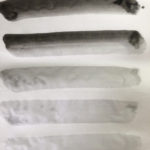
In Japan, Suibokuga is not just about paintings drawn with only ink, but we include some colored paintings drawn with mainly ink and some pigments also.
Sumie: The way of painting with ink was already in Japan since Nara period (710 – 794).
And Suibokuga style was brought in Japan at around Kamakura period (1185 – 1333), then became very popular especially at around Muromachi period (1336 – 1573), as Suibokuga style paintings were deeply connected with ZEN temples.
Until 14C, the subjects of Suibokuga were humans called “Jinbutsu ga” (人物画) , and flowers and birds called “Kacho ga” (花鳥画).
In 15C, “Sansuiga”(山水画) , meaning “mountains and water paintings” became popular.
Subjects of this Sansuiga is nature, such as mountains and water falls, rocks, trees etc.
I love to paint Japanese nature and symbols in Suibokuga.
Sakura cherry trees, bamboo tees, pine trees, Mt. Fuji, crane birds, and koi fish.
Sometimes tigers and Ryujin dragon god as well.
Tigers and Ryujin dragon god are also very popular subjects for Suibokuga.
I love to express Japanese beauty with the amazing gradation of ink with some colors.
That is my Suibokuga.
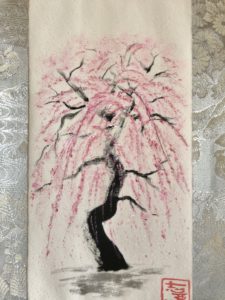

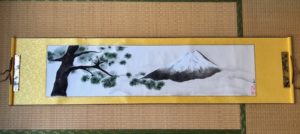
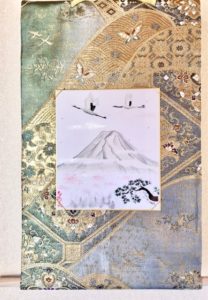
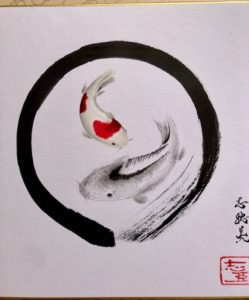
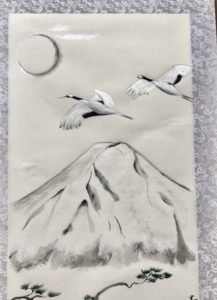
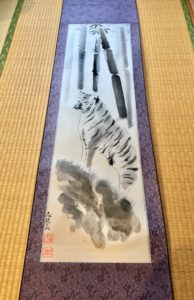
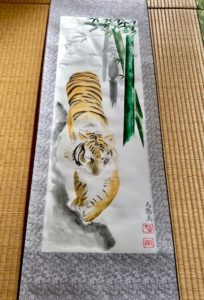
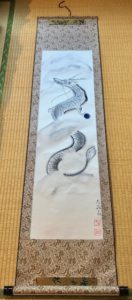
y
The reason why cherry trees were planted
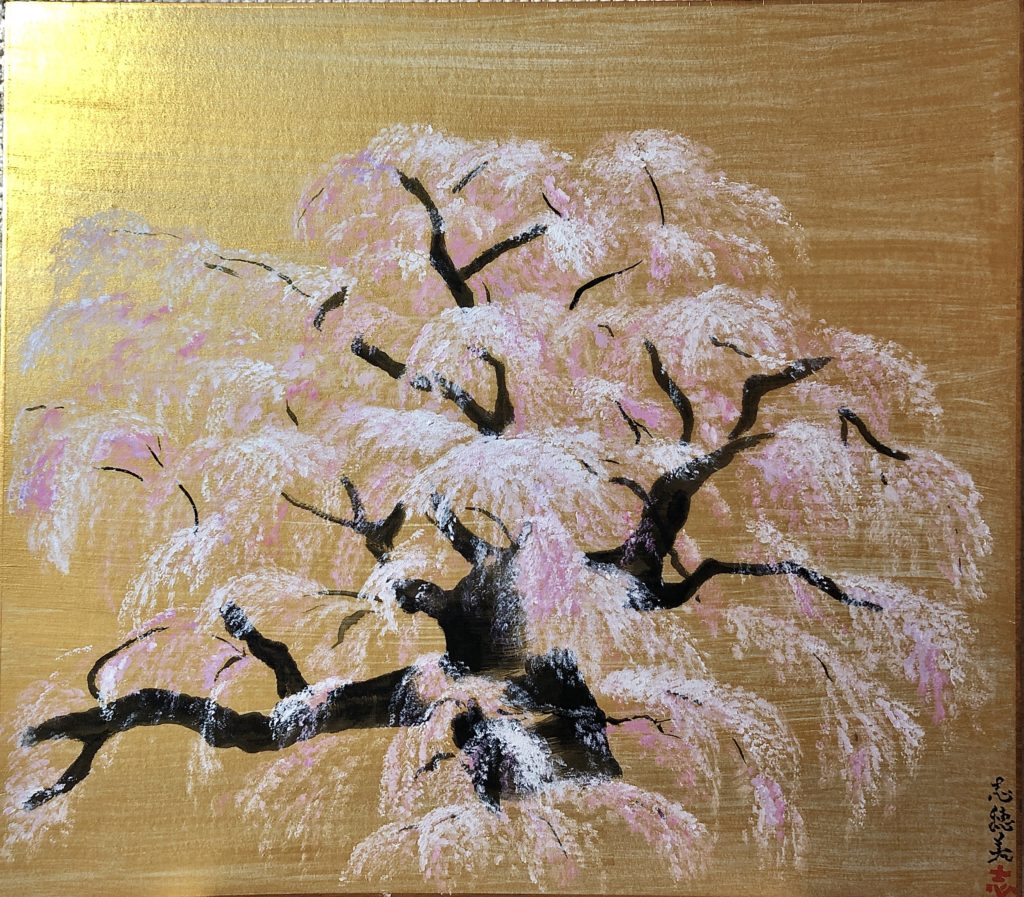
The reason why cherry trees were planted.
Have you ever thought about the reason why cherry trees were planted?
In Japan, we can see so many cherry trees in everywhere.
Many of them are really old, few hundred years old.
An interesting point is, many cherry trees are planted by rivers.
This has a reasonable reason.
Ancient Japanese people planted cherry trees by rivers, so that many people would come and see the beautiful cherry blossoms.
They knew that many people visiting and walking there, would help make the soil harden, and help make the solid river bank.
So cherry trees were planted as a flood control measures.
Another interesting point is, that many cherry trees are in shrines and temples as well.
Shrines are Shintoism, and originally have deep relations with pine trees, but not with cherry trees.
However, people thought cherry blossoms’ gracefulness symbolizes the samurai spirit, and many shrines preferred to plant cherry trees as well.
Temples are Buddhism which has the deep relations with flowers.
They admired cherry blossoms as well as plum blossoms.
We cannot talk about Japanese history without the relations with temples.
Muromachi era, Sengoku era, around 13C to 16C, many temples already had cherry trees.
Famous Samurai and shogun enjoyed Sakura viewing “Ohanami” since then.
In Japan, people enjoy Sakura viewing “Ohanami” since ancient time, and this is a Japanese culture.
Many famous Sakura spots in Kyoto and Nara are in temples and shrines.
In Tokyo too, many famous Sakura spots are in temples and shrines, as well as by rivers, or near the water.
Ueno park, where many people visit for Sakura viewing, was once a temple.
Imperial palace is surrounded with moat.
Meguro river, Kanda river, Sumida river, Tamagawa river, Arakawa river, are all famous Sakura spots.
